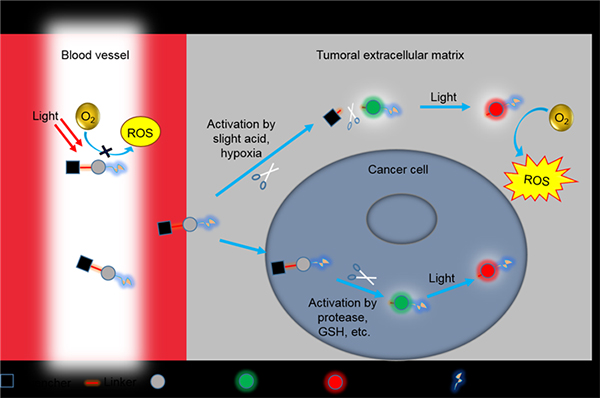본문
Clinical development and potential of photothermal and photodynamic therapy for cancer
By Prof. Juyoung Yoon (jyoon@ewha.ac.kr)
Department of Chemistry and Nanoscience
Phototherapy, which involves the exposure of patients to light in order to treat disease, has been documented for thousands of years. Light-activated, photosensitizer-based therapies have been established as safe modalities of tumour ablation for numerous cancer indications. Two main approaches are available: photodynamic therapy (PDT), which results in localized chemical damage in the target lesions; and photothermal therapy (PTT), which results in localized thermal damage. Whereas the administration of photosensitizers is a key component of PDT, exogenous photothermal contrast agents are not required for PTT but can enhance the efficiency and efficacy of treatment. Over the past decades, great strides have been made in the development of phototherapy drugs and devices as cancer treatments, but key challenges have restricted their widespread clinical use outside of certain dermatological indications.
PDT and PTT have unique capabilities compared with those of other ablative modalities used in the treatment of cancer (such as surgery, cryoablation, microwave ablation, radiofrequency ablation and brachytherapy). The use of photosensitizers that accumulate in cancerous tissues provides a degree of additional selectivity to the treatment. Control of light placement further minimizes off-target toxicity to surrounding tissues. Interventional techniques with optical fibre and endoscopy can be used to avoid laparotomy and thoracotomy. PDT results in minimal scarring, as photosensitizers do not tend accumulate in connective tissue. PDT treatments can be safely applied multiple times, although resistance mechanisms have been identified. Notably, PTT and PDT have considerable potential to be used in combination with other therapeutic modalities, such as chemotherapy and immunotherapy. Herein, we discuss clinical advances in PTT and PDT for the treatment of cancer, challenges in the application of these therapies and emerging bioengineering solutions, and future directions for phototherapy.


* Related Article
Xingshu Li, Jonathan F. Lovell, Juyoung Yoon, Xiaoyuan Chen, Clinical development and potential of photothermal and photodynamic therapy for cancer, NATURE REVIEWS CLINICAL ONCOLOGY, 2020, 17, 657-674.








